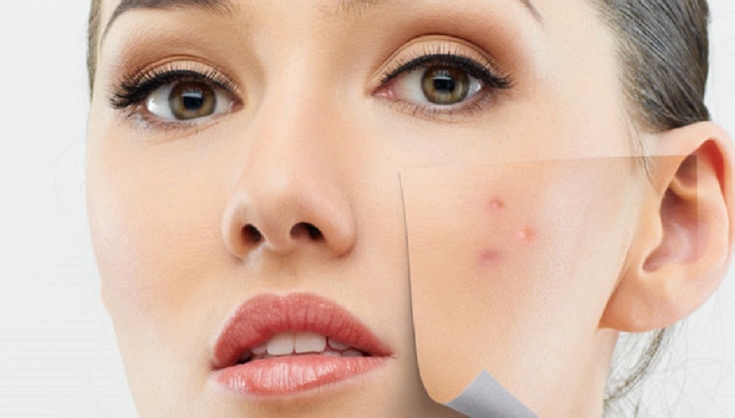Chemical peel – important part of acne treatment. With its help, the thickening of the stratum corneum, which is present in any form of acne, and the violation of pigmentation are corrected, the manifestations of post-acne are softened, the fat content and porosity of the skin are reduced.
The mechanism of formation of papules and pustules is the same in adolescents complaining of acne, and in adult women who have discovered manifestations of acne on the background of menopause.
However, the condition of the skin is very different. Therefore, estet-portal.com draws attention to the fact that when choosing peeling preparations for late acne in women, age-related skin changes should be taken into account.
Features of the course of late acne in women
Often, women at a cosmetologist's appointment complain that in adolescence they had no idea about acne problems, and with the approach of menopause they began to notice the regular appearance of acne elements.
They usually appear a few days before the onset of menstruation, appearing on the forehead and lower third of the face, and gradually disappear in the first days of the next cycle. But it also happens that the rashes do not go away.
Later acne in women is manifested by papular and papulo-pustular rashes, but nodular-cystic elements can sometimes occur.
A feature of the course of late acne in women is that it rarely worsens due to dietary errors, but almost always becomes more severe after insolation or against the background of seasonal weather changes.
Among other features, we note:
• exacerbation against the background of the menstrual cycle;
• frequent presence of concomitant endocrinological diseases, due to which acne develops.
Often, women with late acne are diagnosed with polycystic ovary syndrome, adrenal and thyroid pathologies during examination. Therefore, the patient should definitely be recommended a visit to the endocrinologist.
With late acne in women, not only lesions of the sebaceous hair follicle are observed, but also age-related skin changes:
• increased dry skin;
• rosacea;
• spider veins;
• various pigmentation disorders.
When choosing cosmetic procedures for the correction of late acne, it is necessary to take into account involution-dystrophic changes in all skin structures. This also applies to the selection of drugs for chemical peeling.

Choice of acids for peeling in women with late acne
When prescribing a chemical peel to a patient with late acne, one must remember about the age-related decrease in the regenerative resources of the skin and carefully choose acids depending on the type of acne.
Chemical peeling with AHA acids can only be recommended for non-inflammatory forms of late acne.
Papulopustular acne is most common in premenopausal women. When correcting, it is most expedient to use water-alcohol forms of lactobionic, pyruvic, and mandelic acids for chemical peels. It is desirable to combine cosmetic correction with systemic treatment.
Sometimes a good effect can be obtained if the gynecologist prescribes hormone replacement therapy to a woman in parallel with peels.
When there are non-inflammatory elements of acne and comedones, gel forms of peels with glycolic, mandelic, pyruvic, salicylic acids give a good effect.
Glycolic acid
. It gives a good effect when combined with peeling mesotherapy. With papulo-pustular form of late acne, it can exacerbate the disease, but in combination with other acids (for example, salicylic acid) it gives a good result. Does not affect pigmentation, whether caused by post-acne or age-related changes.
Salicylic acid
. An excellent keratolytic that can potentiate the action of other acids in peeling complexes. Can increase the photosensitivity of the skin.
Retinoic and trichloroacetic peels can exacerbate late acne. Therefore, they are prescribed only locally, focusing on the individual characteristics of the patient's skin.
The result of a well-chosen chemical peel for late acne in women there is a removal of inflammatory reactions, a depigmenting effect, an improvement in the quality of the skin and a smoothing of its relief, and ultimately – improvement of the psychological state of the woman.






